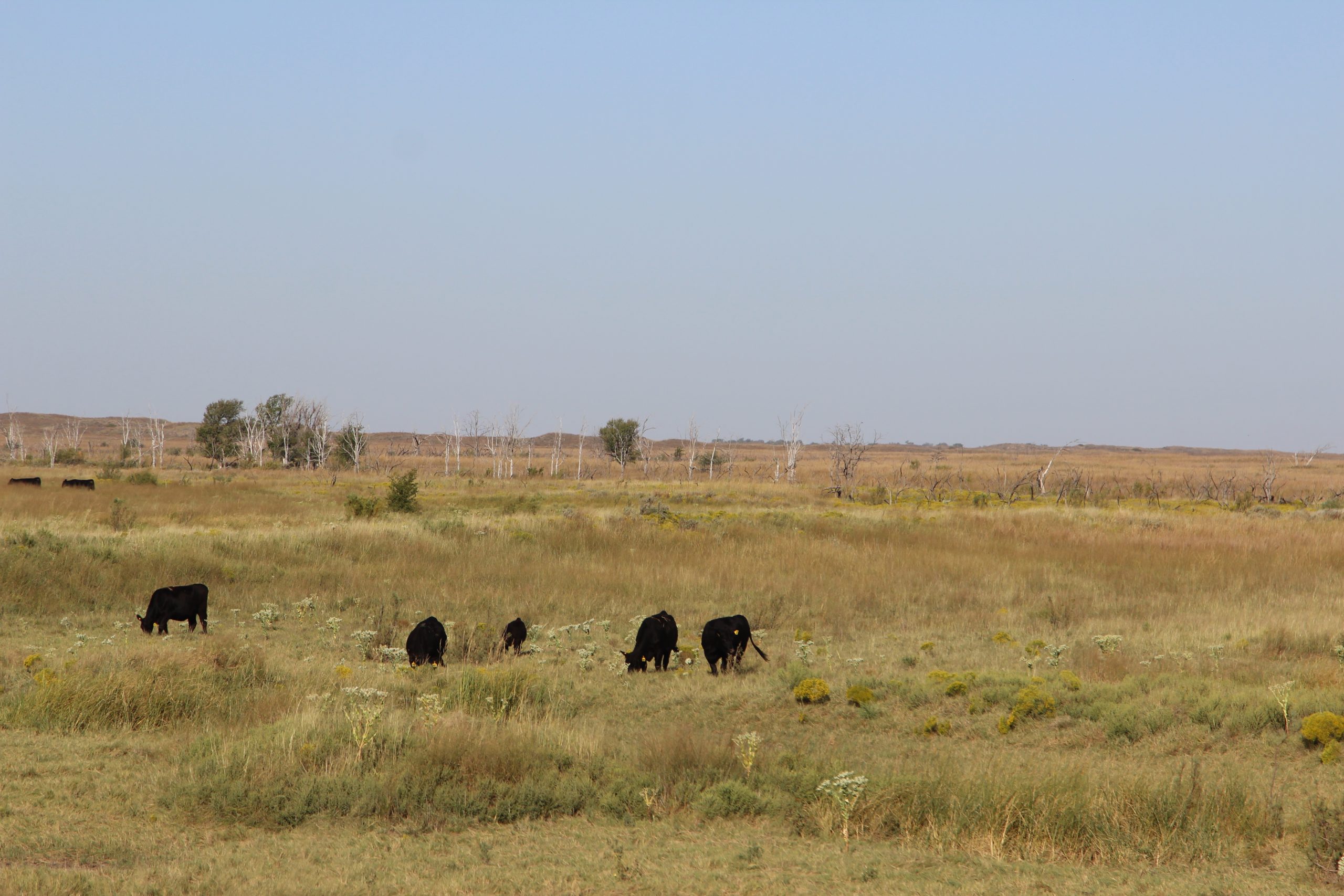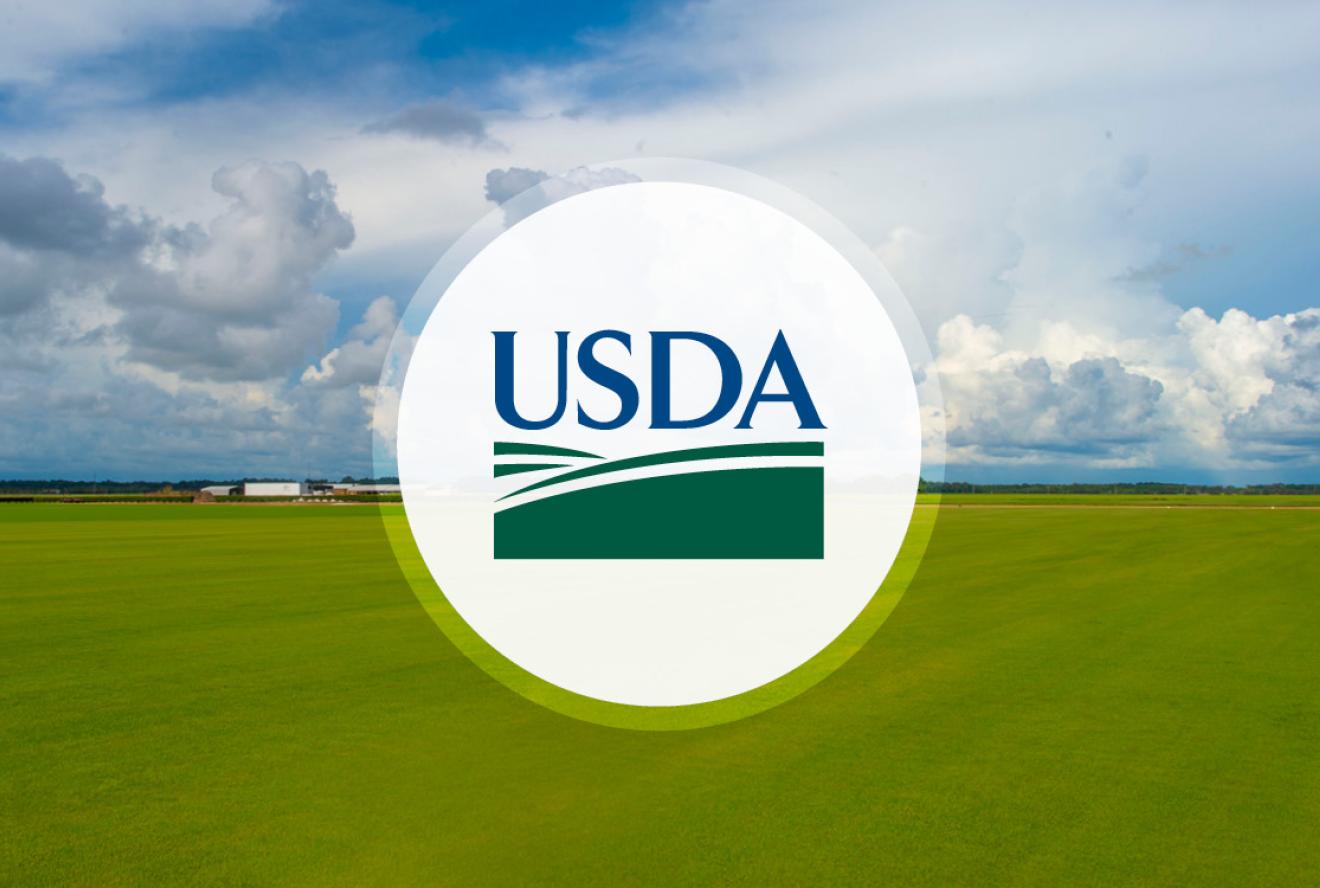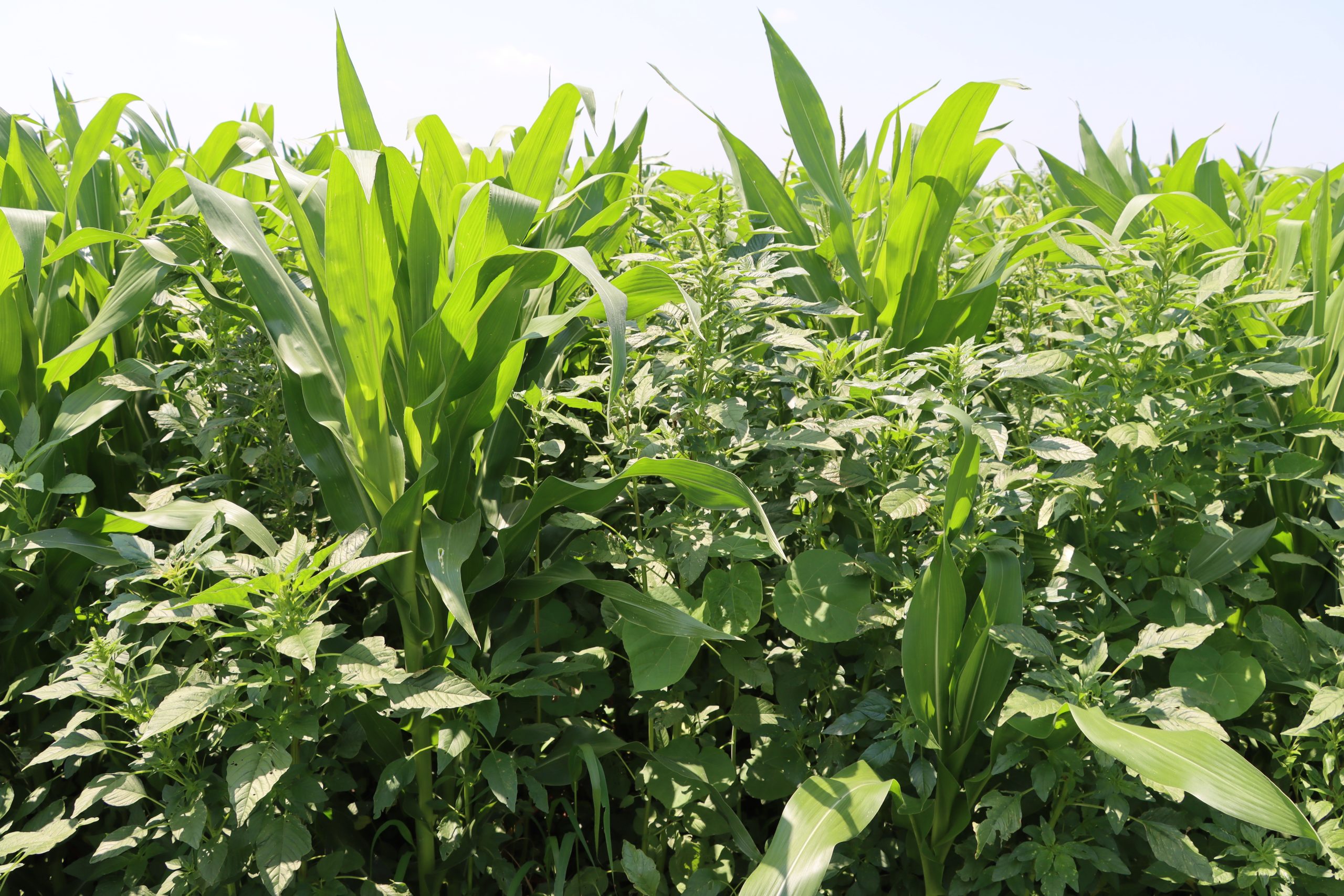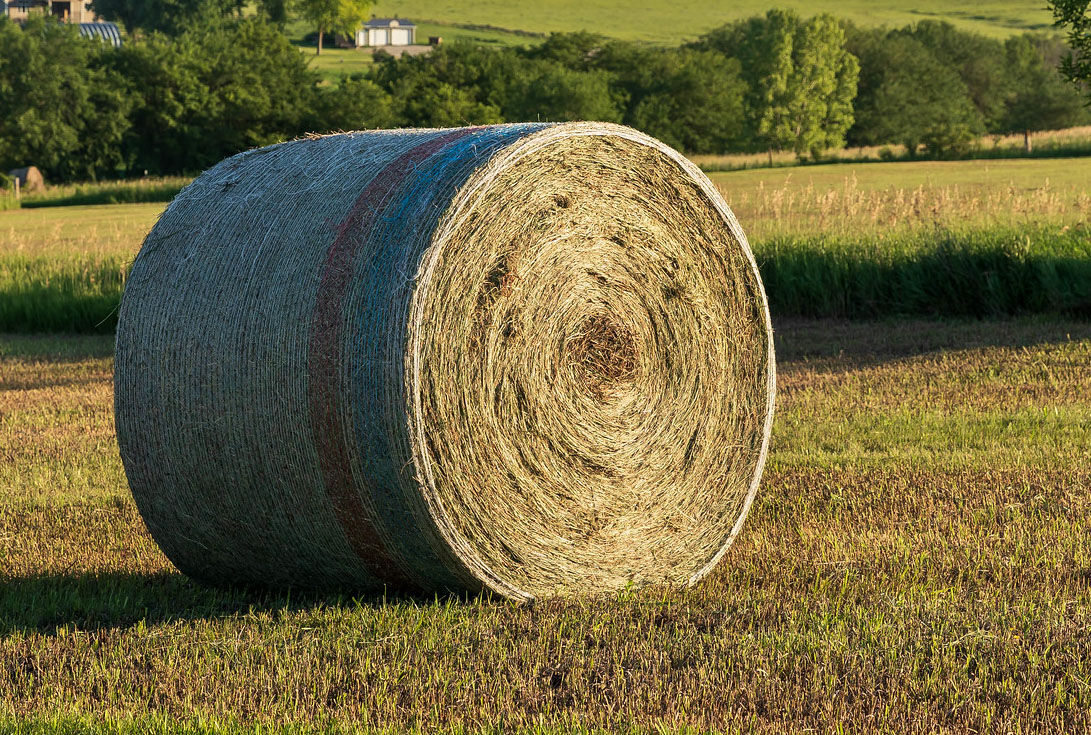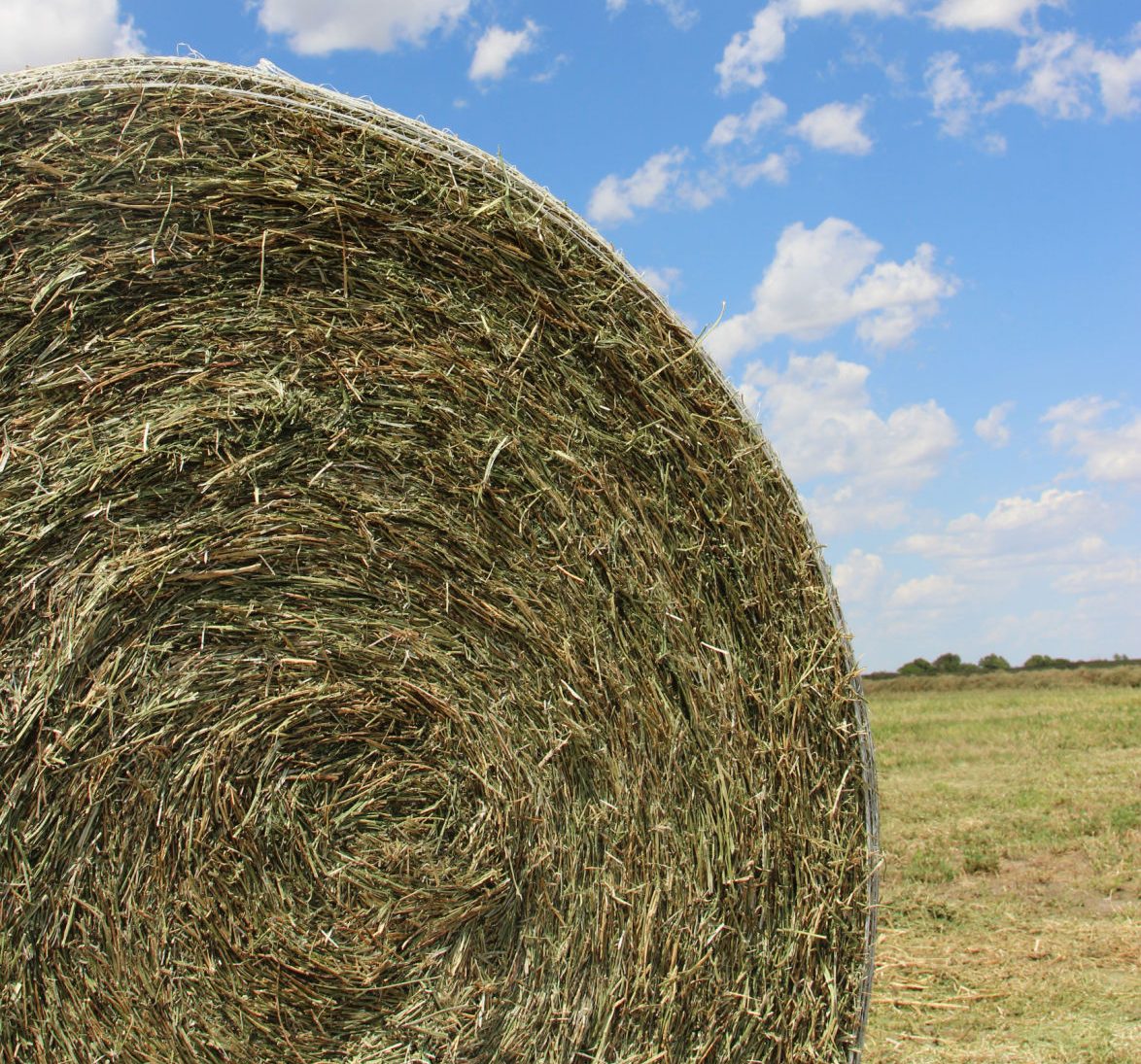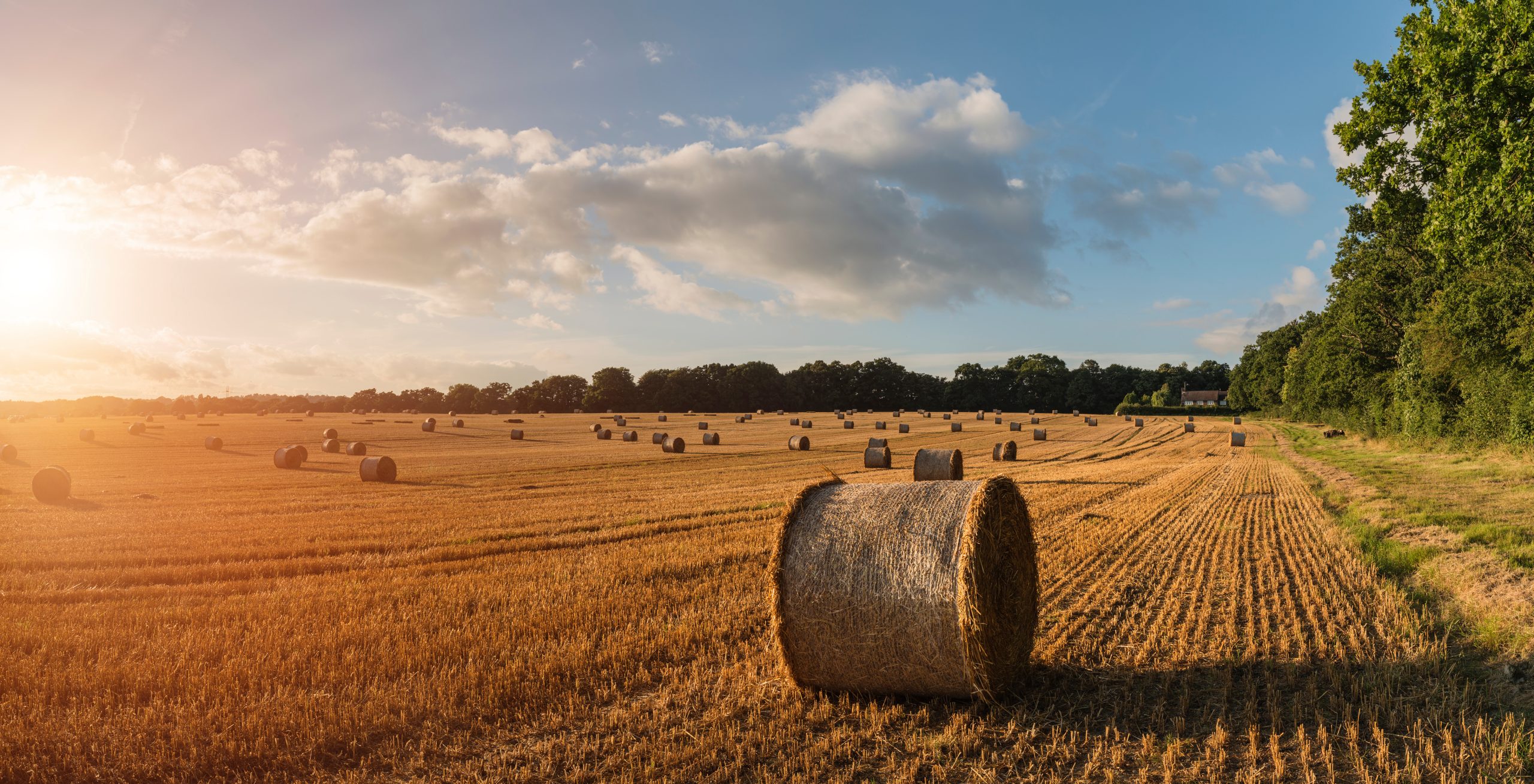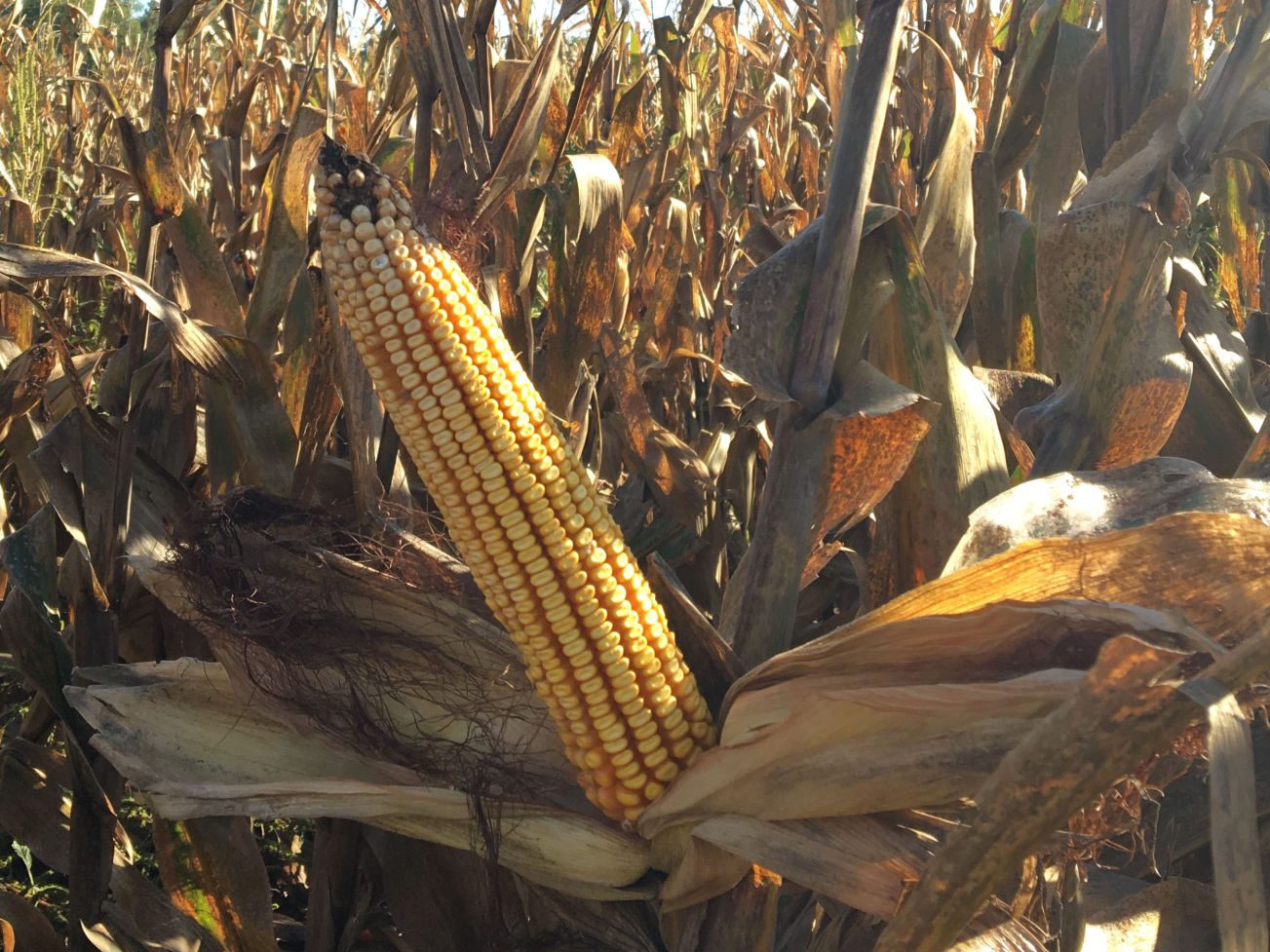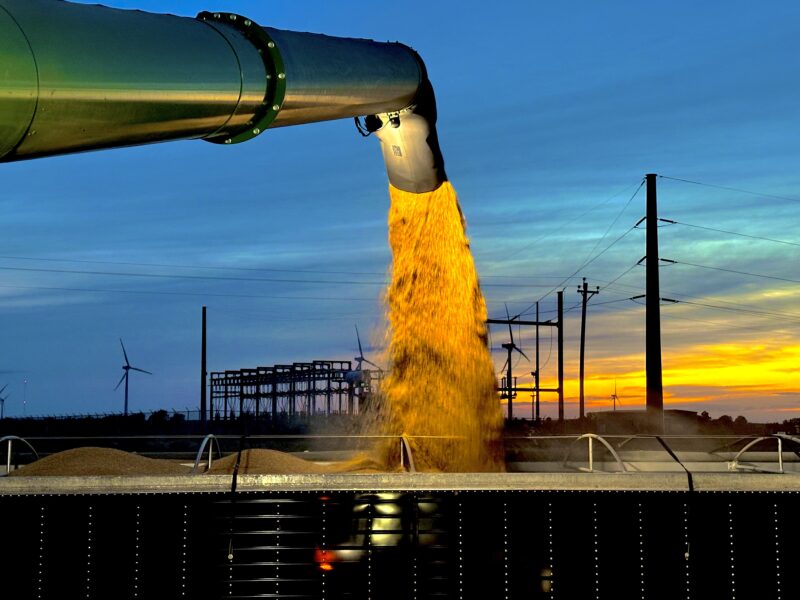Crops
Ag News, Beef, Crops, Disease, Government, Lacey Vilhauer, Land, USDA
Rollins unveils National Farm Security Action Plan
On July 8, United States Secretary of Agriculture Brooke Rollins announced a new installment of the Make Agriculture Great Again initiative, called the USDA’s National Farm Security Action Plan. With U.S. Secretary of Defense Pete Hegseth, U.S. Attorney General Pam Bondi and U... Read More


